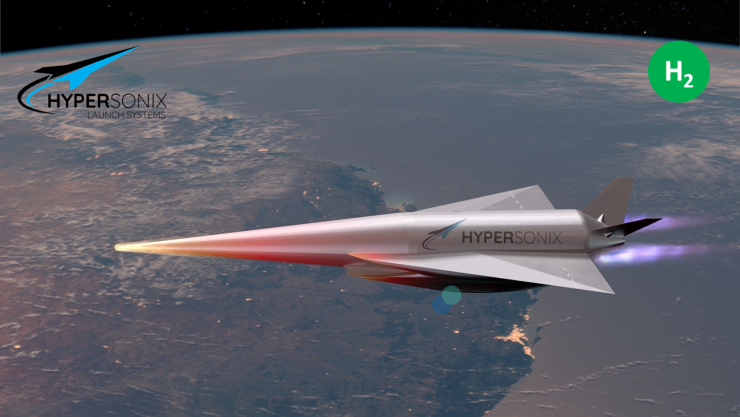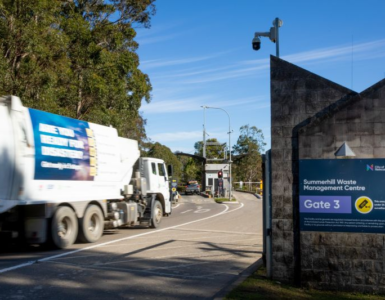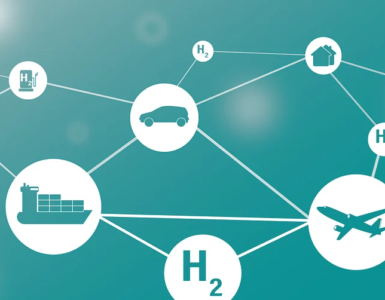Hypersonix successfully demonstrates hydrogen fuelled SPARTAN scramjet performance.
Hypersonix Launch Systems’ Australian produced SPARTAN fifth generation scramjet engine has demonstrated in a hypersonic shock tunnel that it can accelerate up to 10 times the speed of sound in real life flight conditions.
Aerospace engineers from Hypersonix Launch Systems (Hypersonix) conducted 111 ground firing tests for the SPARTAN scramjet engine at the University of Queensland’s world leading T4 shock tunnel test facility in Brisbane.
David Waterhouse, Hypersonix CEO and co-founder.
We’re thrilled with the results.
“We put our SPARTAN scramjet through 111 shock tunnel test shots from Mach 5 to Mach 10 and it came through with flying colours, validating our latest design.” Mr Waterhouse said.
“These tests show our fixed geometry scramjet can accelerate to high speeds and deliver high ISP in real flight conditions.”
Specific Impulse is a measure of engine or rocket thrust and efficiency. The SPARTAN scramjet engine is fuelled by hydrogen and delivers an ISP five times greater than a typical rocket.
SPARTAN is a composite, self-igniting re-usable scramjet engine powered by Green hydrogen. SPARTAN will be used to power a re-usable satellite launch system, delivering payloads to lower earth orbit (LEO) in an environmentally sustainable way.
READ the latest news shaping the hydrogen market at Hydrogen Central
Research into hypersonics has been conducted in Australia since the sixties. The late Professor Ray Stalker AO devised a concept for generating hypersonic velocities in the laboratory by using a shock tunnel driven by free-piston compression.
Last year Hypersonix was awarded an Australian Department of Industry, Science, Energy and Resources Commercialisation grant to speed up the commercialisation of Hypersonix’s world leading scramjet technology and access to the global small satellite launch market.
The successful results from the Shock tunnel tests of SPARTAN are a significant step in this commercialisation of Hypersonix’s disruptive technology.

Dr Michael Smart, Hypersonix Research and Development Head, and co-founder.
Launching satellites into LEO in a green and sustainable way has not been attempted before.
“Most businesses in the emerging small satellite market are using single use rockets with high pollution to deliver their payloads,”
“We will be using 100% Green hydrogen to fuel our scramjets. Hydrogen is more efficient and cleaner than other rocket fuels. SPARTAN will power Delta-Velos, a re-usable aircraft that is capable of flying to space like a commercial cargo plane, just a lot faster than any other cargo plane that has ever flown before.”
“Think of being able to travel from Sydney to New York in two and a half hours and you have an idea of the speeds our SPARTAN scramjet is capable of achieving.”
Hypersonix successfully demonstrates SPARTAN scramjet performance from Mach 5 to Mach 10, May 12, 2021









